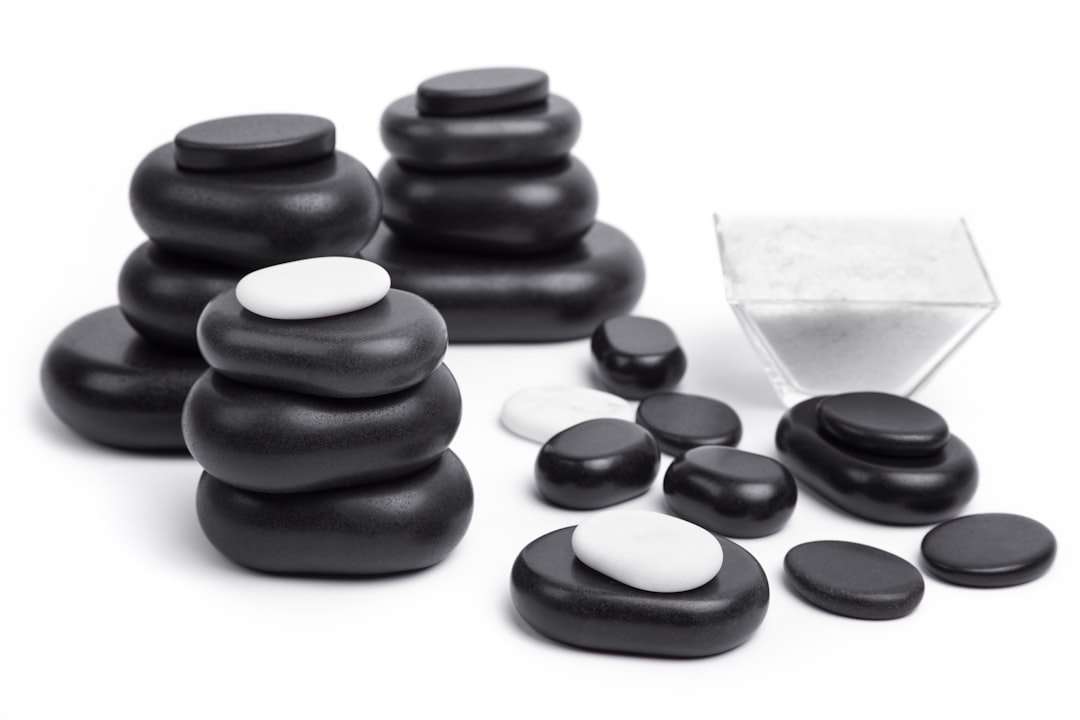PTFE O-Rings
PTFE O-Rings | Chemically Inert, Low-Friction Seals
PTFE O-rings provide exceptional chemical inertness and low friction, with a wide range from about -200°C to +260°C. As chemically inert o-rings or low-friction seals, they suit corrosive, clean, and dynamic applications. Low elasticity requires careful groove/fit design.
On this page



What is a PTFE O-ring?
PTFE (polytetrafluoroethylene) O-rings are highly inert, low-friction seals for aggressive chemistry, clean environments, and low-friction dynamics. PTFE encapsulated O-rings with elastomer cores boost elasticity while retaining chemical resistance.
Composition & Properties
If you need both elasticity and chemical resistance, choose FFKM; for low friction plus elasticity, use PTFE encapsulated cores (e.g., silicone/FKM).
- Low elasticity: pure PTFE lacks rubber elasticity; relies on compression/groove design.
- Low friction: very low coefficient of friction—great for sliding/dynamic seals.
- Chemical inertness: stable against most chemicals/solvents with high cleanliness.
Temperature Range
- Continuous: roughly -200°C to +260°C, depending on formulation/backing.
- Low temp: remains chemically stable but stiffer—ensure adequate compression or use encapsulated cores.
- High temp: near upper limit monitor cold flow/compression set.
Chemical Compatibility
- Suitable: nearly all common chemicals/solvents; corrosive media; clean/food/medical/semiconductor settings.
- Exceptions: molten alkali metals, some high-energy fluorinated chemicals—verify.
- Encapsulated: PTFE outer with various cores (silicone/FKM) to add rebound.
Advantages
- Chemical inertness: handles nearly any medium; clean with minimal extractables.
- Low friction: ideal for dynamic sliding and anti-stick applications.
- Wide temperature: from very low to high heat (-200°C to +260°C).
- Encapsulation option: combines PTFE inertness with elastomeric cores.
Applications
- Chemical/pharma/food: corrosive and clean media where rubber extractables are a concern.
- Semiconductor/vacuum: low particle, chemically inert for vacuum and process lines.
- Dynamic low-friction: valve stems, sliding seals needing low friction and chemical stability.
- Encapsulated rings: add elasticity to PTFE for broader sealing conditions.
Size Coverage (AS568 / Metric)
- AS568, metric, large/custom sizes available; pure PTFE or encapsulated options.
- Compression/extrusion/surface finish guidance based on media/temp/dynamic needs.
- Batch labeling/color coding for cores if encapsulated.
Ordering & Traceability
- Confirm media and temperature to choose pure PTFE vs encapsulated; plan critical orders early.
- Mixed MOQ 1; batch photos/barcodes for traceability.
- If more elasticity is needed, select encapsulated cores (silicone/FKM/FFKM).
FAQs
- PTFE vs FFKM: PTFE is more inert but not elastic; FFKM is elastic with high chemical/heat resistance.
- Low-temp sealing? Needs higher compression or encapsulated core to maintain rebound.
- Dynamic use? Leverage low friction; control gaps to reduce cold flow/extrusion.
- Food/clean? PTFE is inherently clean—suitable for food/medical/semiconductor with proper grades.
Installation & Selection Tips
- Compression: higher than rubber to offset low elasticity; add backup rings for high pressure.
- Surface: smooth grooves/chamfers (Ra 0.8–1.6 μm) to prevent damage and leakage paths.
- Storage: clean/dry, avoid scratches; encapsulated cores follow core storage needs.